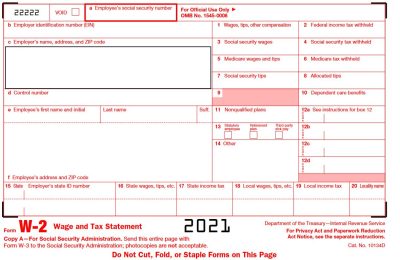Community colleges rely on recessions to drive enrollment, but how valid is that pattern? Using data from the Bureau of Labor Statistics and the National Student Clearinghouse Research Center, that observation may be less absolute than previously thought. Current data show massive community college enrollment declines in states where unemployment is high. They also show minor enrollment losses or enrollment gains in states with the lowest unemployment rates in the country.
For example, in January 2021, Utah had the lowest unemployment rate in the country, at 3.1%. At the same time, it logged a 2% increase in community college enrollment. For the same period, eight of the ten states with the highest unemployment rates also experienced double-digit declines in community college enrollment. The two states that experienced single digit declines in community college enrollment while also logging high unemployment were Nevada and Hawaii. Both states rely heavily on tourism, which the COVID-19 pandemic significantly limited at that time.
For community college administrators who were relying on unemployment to drive enrollment, this is unwelcome news. Increasing enrollment is no longer as simple as waiting for the next recession. Adopting a more sophisticated understanding of unemployment and wages can create an opportunity to reverse enrollment declines.
Currently, the average two-year degree nets a worker a few thousand more dollars per year. Until community colleges solve that problem, community college enrollment declines will continue unabated. To put it bluntly, attending community college provides no meaningful economic benefit to the student. The juice ain’t worth the squeeze.
Surviving community college enrollment declines
If community colleges expect to survive, they can no longer be complicit in generating low-wage jobs. This approach does not serve the students. More importantly, it does not serve the community that provides its funding, nor does it fulfill the community college’s mission.
Community colleges should conduct top-to-bottom review of academic programs to determine their overall wage potential. The average starting wage and the 10-year earning potential of a degree must factor into the decision to retain or close a program. Since low wage jobs benefit no one, schools should regularly eliminate occupational degree programs that fill them.
Likewise, community colleges should avoid non-credit “workforce development” programs that offer minimal training to fill low-wage positions. As a community, we must enforce wage standards that offer compensation that is commensurate to the value of a person’s work. We cannot use public funds to support the creation of jobs that barely clear the poverty level.
We will reverse enrollment declines only when we refocus the community college on the best interests of the community and the needs of the students.











